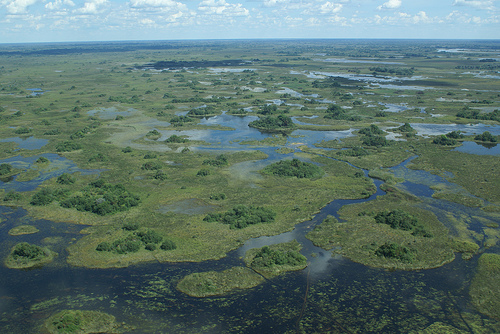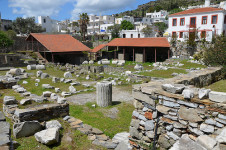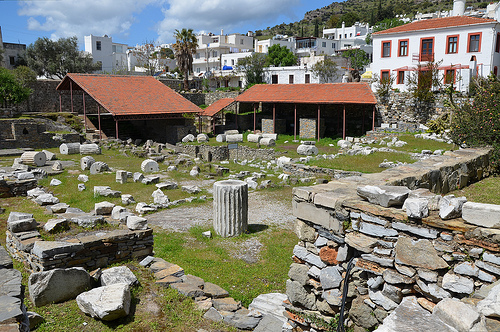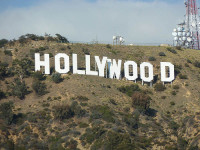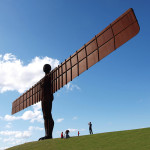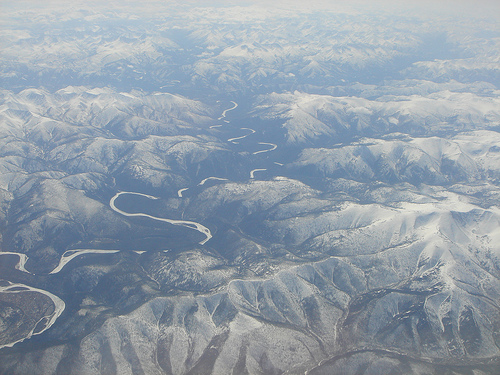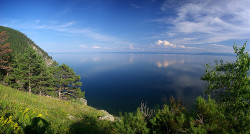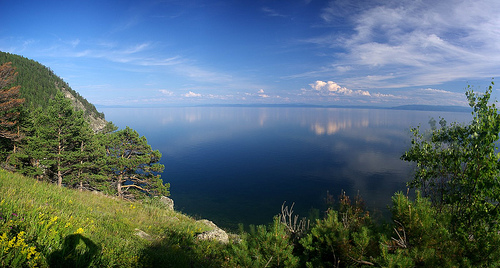
Okavango Delta is worth its weight in gold.
- Okavango Delta is a lush delta that is listed as one of Africa’s Seven Natural Wonders, located in Botswana in southern Africa, and it has no outflow to the ocean.
- Okavango River flows into the Okavango Delta, and each year the delta is fed by the flooded river, and 60% of the 1.1 × 10¹³ litres (11 kilometres cubed or 2.6 cubic miles) of the water is transpired through plants, while 36% evaporates.
- Habitats of Okavango Delta include grasslands, swamps, forests and lagoons, with the lowest and highest points of elevation sporting a difference of only 2 metres (6.6 feet).
- Constant flooding and termite nest building have contributed to the numerous islands found in the Okavango Delta, while the biggest is Chief’s Island, although it was formed through movement of the earth due to a fault line.
- The UNESCO World Heritage Convention designated Okavango Delta a World Heritage Site in 2014, and it was the 1000th site to be listed.
Okavango Delta
Image courtesy of Justin Hall/Flickr
- Salt accumulates on the islands in the Okavango Delta around plant roots, and in some areas on the islands the soil has become too infused with salt so that vegetation is unable to grow.
- Countless species of wildlife, some of which are endangered, favour the Okavango Delta, including catfish, giraffes, baboons, elephants, hyenas, large cat species, antelopes, rhinoceroses, buffalo, tigerfish and lechwe, the latter boasting the most population in the area of any species.
- Five primary tribes make up the native people of the Okavango Delta, and they use the area for fishing, crops and hunting.
- Multiple reserves have been initiated to protect the diverse ecosystem of Okavango Delta, including the Moremi Game Reserve, and the delta has in excess of a thousand plant species.
- Okavango Delta, also known as ‘Okavango Grassland’, is of great size, and has an area that covers more than 20,000 square kilometres (7,700 square miles).
Bibliography:
Okavango Delta, 2015, UNESCO World Heritage Convention, http://whc.unesco.org/en/list/1432
Okavango Delta, 2015, Wikipedia, https://en.wikipedia.org/wiki/Okavango_Delta
Okavango Delta, n.d, Okavango Delta, http://www.okavangodelta.com/
Powers L, Okavanga Delta – Part 2, 2009, Africa Bespoke Blog, http://blog.africabespoke.com/okavango-delta-part-2/






